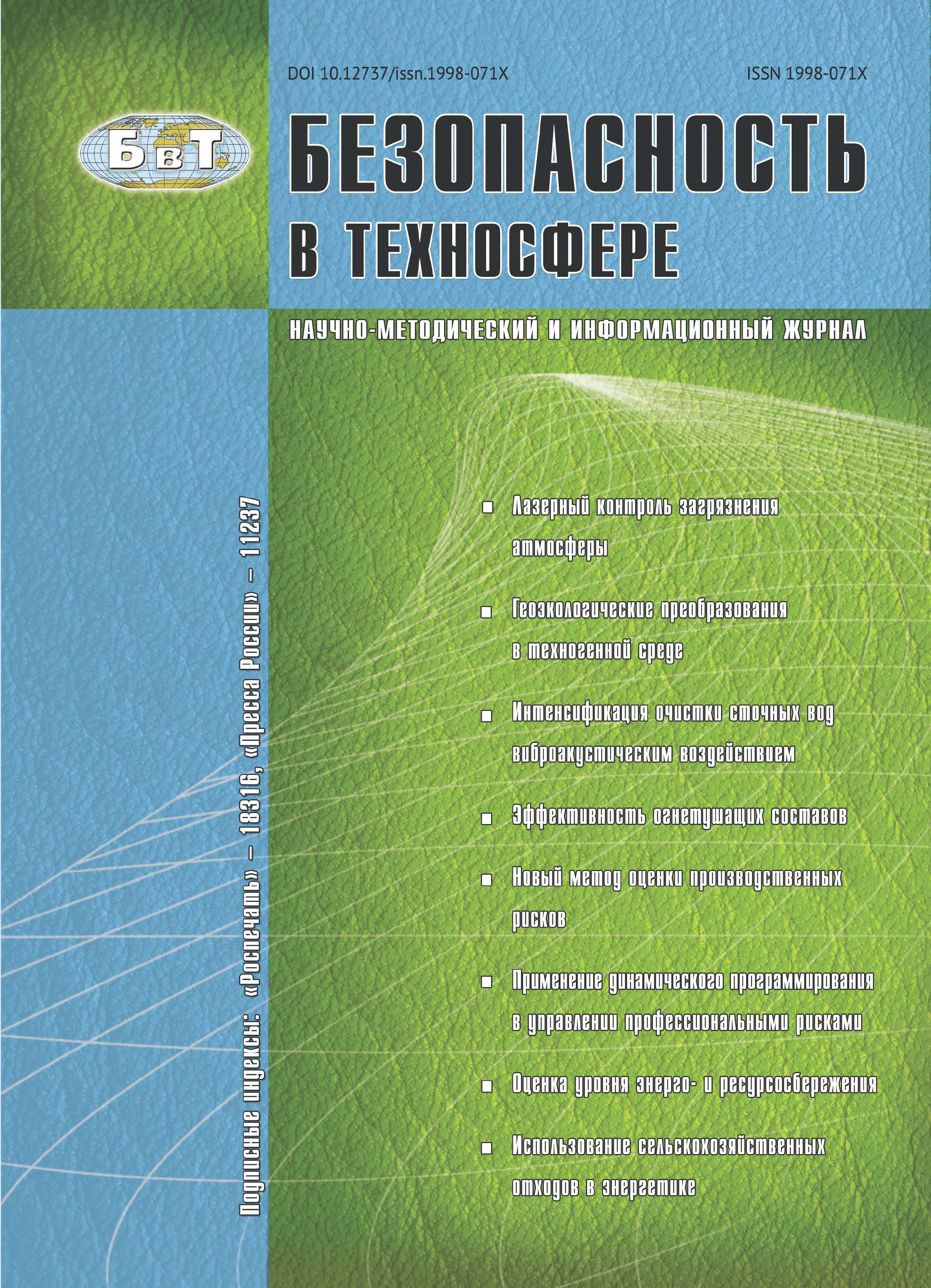Moskva, Moscow, Russian Federation
from 01.01.2003 until now
Immanuel Kant Baltic Federal University
Moscow, Moscow, Russian Federation
Russian Federation
The article gives the results of retrospective statistical analysis, which justify the presence of statistical dependencies between the dates of the beginning and the peak values of the spring phytoplankton bloom in the Uchinsk reservoir and the intensity of total solar radiation in the range of photosynthetically active radiation (PAR), as well as the value of the integral indices of the activity of the Sun (Wolf number), in the period preceding of phytoplankton bloom. It is found, that the greater the magnitude of the fluxes of solar radiation in the PAR range will get the surface of the reservoir for 28 days of February this year, the later will be observed peaks of the spring phytoplankton bloom.A positive correlation between the parameters of the light regime (the sum of PAR) and the period of the onset of the algae “bloom” in the reservoir is apparently related to the photoinhibition of phytoplankton development directly under the ice, which leads to a later development of the spring “bloom”.The verification of the obtained regression equation showed a good correspondence of actual and calculated dates of spring “bloom” for a ten-year period. A negative correlation was found between the values of Wolf numbers (in February and the average annual values of the current year) and the dates of the spring peaks of phytoplankton bloom, which can be explained by the stimulating nature of the effect of the intensity of natural magnetic fields on the development of phytoplankton.The results of the investigations are of undoubted interest for the analysis of the influence of the light factor and the integral activity of the Sun on the seasonal dynamics of phytoplankton in the reservoir, as well as for an accurate forecast of the onset of spring phytoplankton bloom in drinking-water reservoirs in planning water treatment and water treatment activities.
phytoplankton, forecast of spring microalgae bloom, photoinhibition, solar radiation, Wolf numbers, water quality, correlation coefficient, linear regression, water supply source.
1. Введение
Сезонное развитие водных экосистем определяется комбинацией различных факторов внешней среды, среди которых основную роль играют гидрохимические (биогенные элементы), гелиофизические (интенсивность падающей солнечной радиации), гидрофизические (температура воды, наличие стратификации), гидробиологические (наличие первичных консументов, потребляющих фитопланктон) и ряд климатических.
1. Konstantinov A. S. Obshchaya gidrobiologiya [General hydrobiology]. Moscow, Vyssh. Shkola Publ., 1979. 480 p. (in Russian)
2. Kirk J. T.O. Light and photosynthesis in aquatic ecosystems. Cambridge University Press, Cambridge, 1983,401 p.
3. Korsak M. N., Mosharov S. A., Dallakyan G. A., Belov A. Yu., Mitin A. V. Dinamika fitoplanktona Uchinskogo vodokhranilishcha i biogennykh elementov v 1998-1999 gg. [Dynamics of phytoplankton of the Uchinsk reservoir and biogenic elements in 1998-1999]. Vestnik Moskovskogo universiteta. Seriya Biologiya [Bulletin of Moscow University. Series Biology]. 2003, I. 2, pp. 34-39. (in Russian)
4. Korsak M. N., Mosharov S. A., Dallakyan G. A., Belov A. Yu. Osobennosti sezonnoy dinamiki, struktury i produktivnosti fitoplanktona Uchinskogo vodokhranilishcha v 1998-2001 gg. [Features of seasonal dynamics, structure and productivity of the phytoplankton of the Uchi basin in 1998-2001]. Vestnik Moskovskogo universiteta. Seriya Biologiya [Bulletin of Moscow University. Biology series]. 2005, I. 1, pp. 33-38. (in Russian)
5. Romanenko V. I. Produtsirovanie organicheskogo veshchestva fitoplanktonom v Rybinskom vodokhranilishche [Producing of organic matter by phytoplankton in the Rybinsk Reservoir]. Gidrobiologicheskiy zhurnal [Gidrobiologicheskii zhurnal,]. 1971, V. 7, I. 4, pp. 5-10. (in Russian)
6. Semovskiy S. V. Matematicheskoe modelirovanie dinamiki fitoplanktona i bio-opticheskikh poley. Dokt. Diss [Mathematical modeling of the dynamics of phytoplankton and bio-optical fields. Doct. Diss]. Krasnoyarsk, 1999, 24 p. (in Russian)
7. Bleiker W. Schanz F. Light climate as the key factor controlling the spring dynamics of phytoplankton in LakeZurich // Aquatic Sciences, 1997, v. 59, pp. 135-157.
8. Horn H., L. Paul L. Interactions between light situation, depth of mixing and phytoplanktongrowth during the spring period of full circulation // Int. Rev. ges. Hydrobiol., 1984, v. 69, pp. 507-519.
9. Talling J. F. The underwater light climate as a controlling factor in the production ecologyof freshwater phytoplankton // Mitt. Int. Verein. Limnol., 1971, v. 9, p. 214-243.
10. Vitinskiy Yu. I., Kopetskiy M., Kuklin G. V. Statistika pyatnoobrazovatel’noy deyatel’nosti Solntsa [Statistics of sunspot activity of the Sun]. Moscow, Nauka Publ., 1986, 296 p. (in Russian)
11. Korsak M. N., Mosharov S. A., Skorobogatov A. M., Shilovtseva O. A., Belov A. Yu., Dallakyan G. A. Vliyanie summarnoy solnechnoy radiatsii na vesennee «tsvetenie» fitoplanktona v Uchinskom vodokhranilishche [Influence of total solar radiation on the spring “flowering” of phytoplankton in the Uchinsk reservoir]. Vestnik Moskovskogo universiteta. Seriya Biologiya [Bulletin of Moscow University. Biology series]. 2009, I. 1, pp. 41-47. (in Russian)
12. Korsak M. N., Mosharov S. A., Yusupova K. O., Krolenko M. I. Prognoz vesennego tsveteniya fitoplanktona v Uchinskom vodokhranilishche [Forecast of spring bloom of phytoplankton in the Uchinsk reservoir]. Bezopasnost’ v tekhnosfere [Safety in the technosphere]. 2015, I. 1, pp. 12-17. (in Russian)
13. Elektronnyy resurs FGBU «Dal’nevostochnoe UGMS»: Geofizicheskie dannye [Electronic resource of FGBU “Far Eastern UGMS”: Geophysical data]. Available at: http:// meteo-dv.ru/geospace/AverageMonthW .
14. Novak J., Valek L. Attempt at demonstrating the effect of a weak magnetic field on Taraxacumofficinale.// Biol, plantarum (Praha), 1965, V. 7, I. 6, pp. 469-477.
15. Tambiev A. H., Gusev M. V., Kirikova N. N., Beckiy O. V., Gulaev U. V. Stimulation of growth of cyanobacteria by millimeter electromagnetic radiation of low intensiveness // Trade Exibition Microbe-86. XIX Intern.Congr.Microbiol., September 7-13: Abstr. Manchester, England, 1986.
16. Lapshin O. M. Deystvie KVCh izlucheniya na zelenuyu mikrovodorosl’. Kand. Diss [Effect of EHF radiation on green microalga. Cand. Diss]. Moscow, 1994, 24 p.
17. Belaya T. I., Gapochka L. D., Gapochka M. G., Sukhorukov A. P., Shavyrina O. B. Vliyanie millimetrovogo oblucheniya nizkoy intensivnosti na toksichnost’ sredy dlya kul’tury odnokletochnykh organizmov [Influence of millimeter irradiation of low intensity on the toxicity of the medium for the culture of unicellular organisms]. Izvestiya RAN. Seriya fizicheskaya [Izvestiya RAN. Series of Physics]. 1997, I. 12, pp. 2431-2441. (in Russian)







